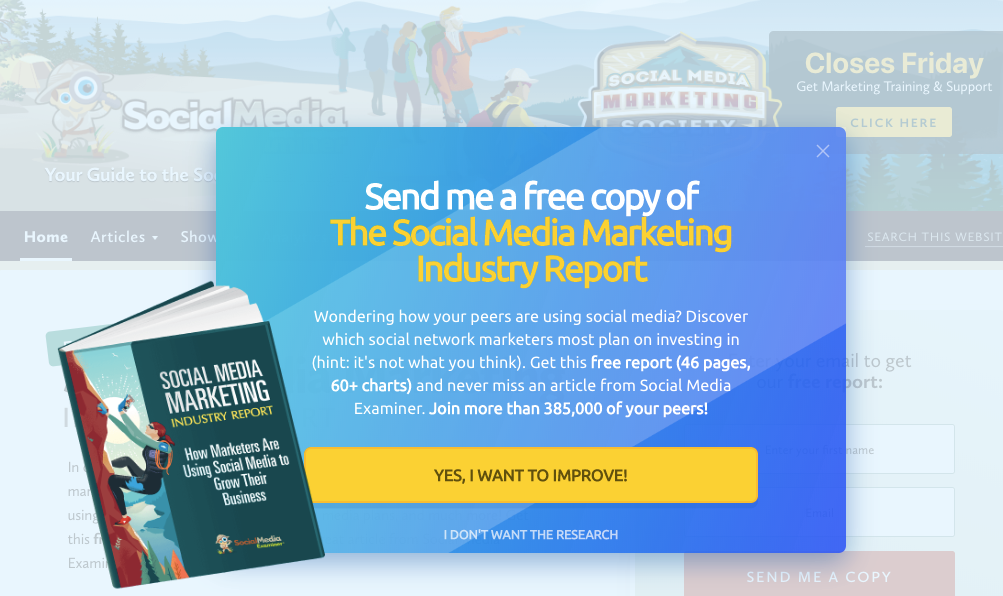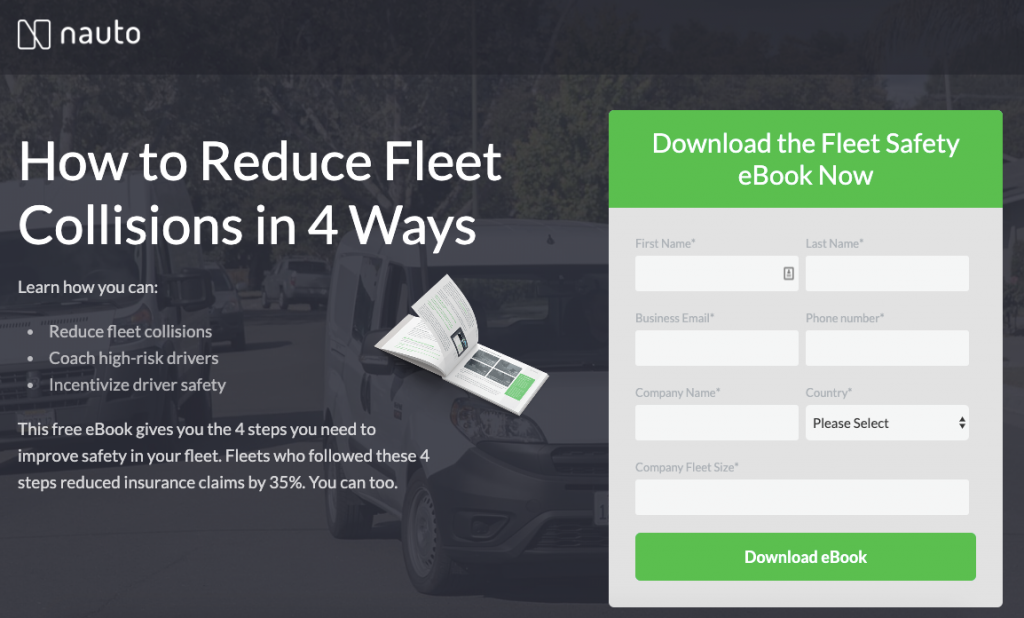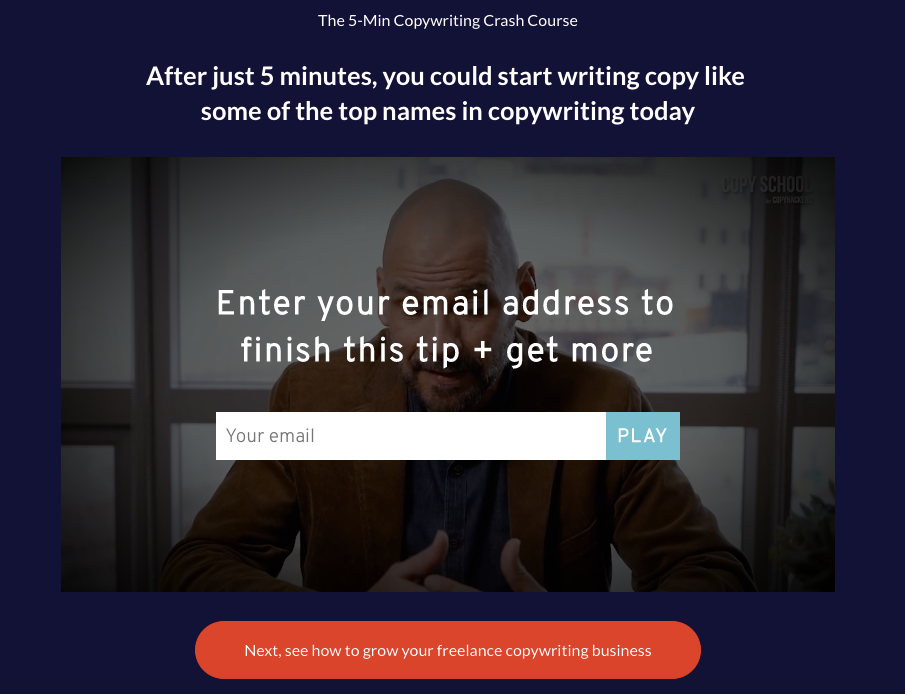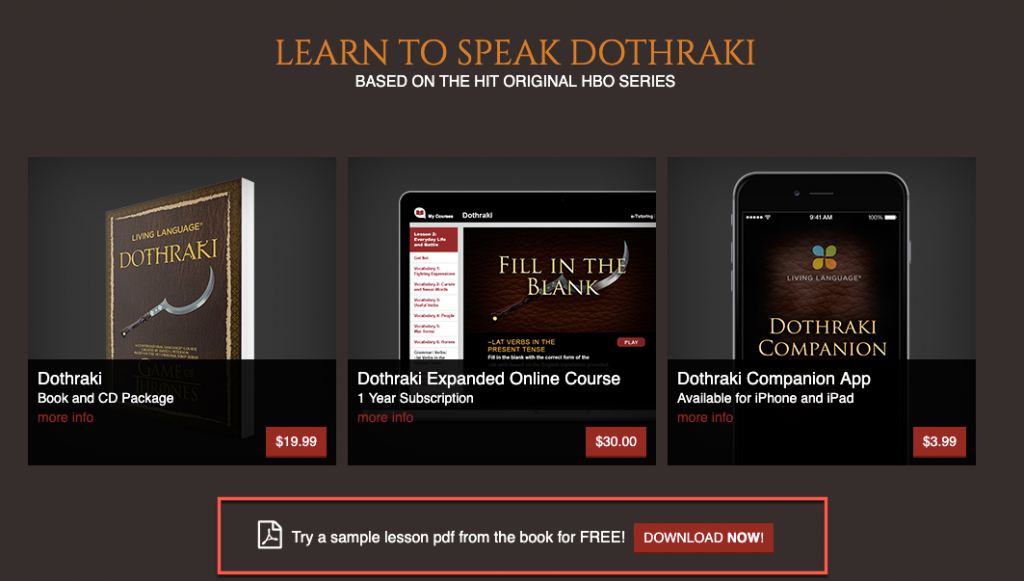A beginner’s guide to selling your own online course
If you’ve created an online course, how do you go about promoting it and enticing people to buy it?
Do you put it up on a popular online learning marketplace like Udemy? That’s always an option. However, if you’ve invested a lot of time and energy into building a truly valuable online course, then you probably want to get some serious cash out of it.
You don’t want to sell it for less than ten pounds, and earn maybe half of that in revenue, do you?
So the only option is to sell it on your own.
The downside? It takes more time and effort to get your course in front of the right audience. Unfortunately, it’s not as easy as getting your course online, creating a landing page and then sending traffic to it with Google ads or Facebook ads.
The upside? You get to price, promote and sell your course on your own terms. And once you attract prospects and turn them into paying customers, you get to keep all the revenue to yourself.
Read on as we walk you through six key steps you can follow to promote and sell your own online course.
1. Offer a freebie that immediately solves their biggest problem
You know the main reason why people don’t buy courses? It’s because they don’t understand their value. And how can they if they don’t know who you are and if you’re any good at what you do?
People don’t want to pay for yet another useless course. So it’s your job to make them understand what you and your course can do for them, and why it’s worth every pound.
How can you do that? By initially giving away something for free. Something valuable that not only helps them to solve a painful problem or achieve a goal but also proves your skills and knowledge, and what you can do for them.
So the strategy is this: “If this free resource can help me to solve this difficult problem, I can only imagine what other amazing things this paid course can help me to achieve.”
But what is this free resource and what should it be about?
It can be anything from a checklist to a short ebook, a whitepaper or even a video or a webinar. The format or type of resource is not as important as the information in it.
If it’s fluff information, or advice they can find in lots of other places, then it’s not valuable. So of course they won’t feel compelled to buy your course since they’ll assume they won’t find much value in your online course either.
But if the information is valuable and it finally helps them to solve a painful problem, then they’ll want more of it, and they’ll feel confident and happy to pay for it.
Now, the only way to find out what’s valuable to them is to perform proper customer research and discover the biggest problems that your audience is facing.
Next, you’ll need to create a free resource that immediately helps them solve their biggest, most pervasive problem. That’s how you build trust, prove your authority and get leads.
For example, if you’re selling an online course on:
- Cooking for people who are too busy or don’t like to spend more than ten minutes in the kitchen, then you’d want to give them three amazingly delicious recipes that they can whip up in ten minutes or less.
- Wine tasting for beginners, then you’d want to tell them how to read a label to know what the wine will taste like.
There’s no need to go overboard and offer too much information. Just give them one fantastic solution that can help solve their biggest problem so they get a feel of your expertise and what you can do for them.
Now, while it’s a freebie, the next step is to ask for something in return that’s valuable to you: their email address. To do that, you’ll need a landing page.
2. Create a compelling landing page for your freebie
Don’t assume that just because you’re giving away something for free, everyone will want it. You still have to ‘sell’ them on it, especially since you’re asking for their email address in return.
Sure, you can create a pop-up similar to this one:

That can work too.
However, since most people find pop-ups to be annoying, you might get better results with a dedicated landing page. Why? Because you have more space to tell people who you are, why they should get your freebie and what problem is can help them solve.
Make sure to keep this landing page simple so visitors don’t get distracted by other offers. In fact, all you need is:
- An attention-grabbing headline
- A few bullet points or a short video that explain why they’ll get
- A powerful call-to-action that compels them to enter their email address to receive your freebie.
Check out these two examples:


There’s also another option that’s less time-consuming. It’s similar to Amazon’s “Look inside” feature for books where you get to read a few pages before you decide if you want to buy it or not.
You can use the same strategy with your online course and give prospects a sample of the content in your course. Here’s an example:

3. Use email marketing to turn leads into paying customers
Now that you have email addresses from your leads, it’s time to turn them into paying customers.
Don’t jump in for the sale with your first email. Do mention your paid online course but focus on building a relationship with your audience first.
This means continuing to share useful tips and advice (even blog posts, if you have them), so they get comfortable with you and look forward to receiving your next email. You can learn more about how to build meaningful relationships with customers using email marketing from our post.
The idea is to educate and delight prospects so that by the time you send your fifth or sixth email, you can pitch your online course and they’ll feel confident and compelled to take that next step and buy it.
4. Create a sales page for your online course
The next step is to create a sales page for your paid online course. Unlike the landing page for your freebie, this page needs to go a bit more in-detail when it comes to explaining who you are, what you specialise in and how your course can help them solve a problem or achieve a goal.
Why more in-detail? Because while the prospects who come from your emails know who you are, others may come from social media or other channels where you’ll be promoting your online course and will need more information.
5. Get blogging
There’s nothing more effective at attracting potential customers like great content. So make sure you start a blog to educate and delight your audience. Whenever relevant, mention your freebie and your paid online course in your posts.
At the same time, reach out to external blogs that are relevant to your industry and ask to publish a useful post that their readers can benefit from.
If you’re just getting started with blogging and guest blogging, you might find these two resources useful:
How to create a guest blogging strategy that works
Free business course on how to get started with blogging for business
Depending on your industry, you can even write or share your posts on platforms like LinkedIn and Medium so you can reach more prospects. Just be sure that this is where your target audience likes to spend time online. Read this post to learn how to start blogging on Medium to get more leads.
6. Run paid ad campaigns to get more leads
If you’re using social media platforms like Facebook, Twitter or Instagram, run an ad campaign to promote your freebie and your online course. If you don’t know how, take our free course on social media advertising to learn how to set up your very first Facebook and Twitter ad campaigns.
At the same time, make sure you’re active and engaging on whichever social media network you’re using. This means sharing informative as well as fun content with your fans and followers, asking questions, replying to comments.
Wrapping up
It takes hard work to promote and sell an online course. But if it’s truly valuable and you follow the steps in this guide, you’ll have a great chance at getting prospects to buy your course.
